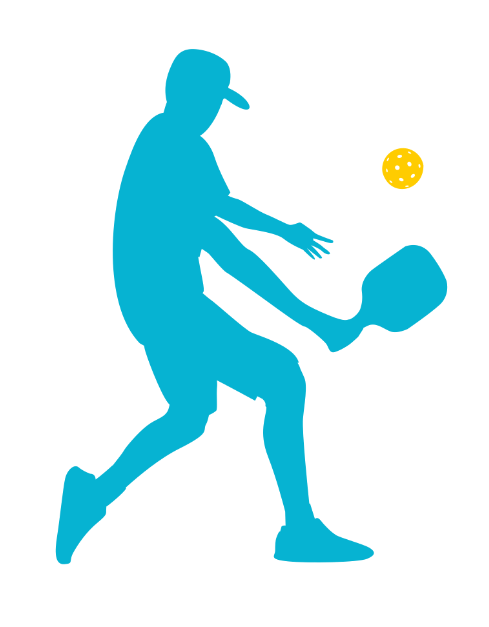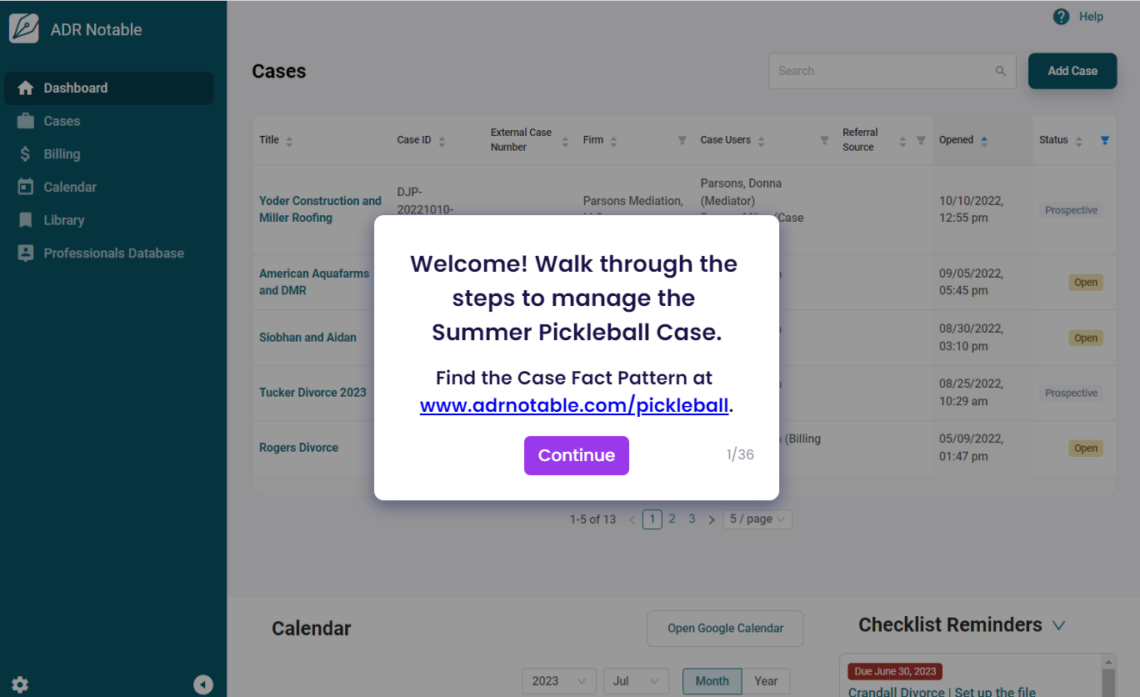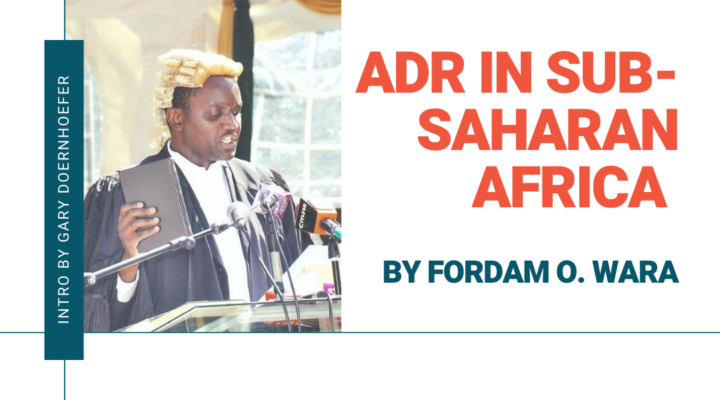In a Summer Pickle
 Looking for a fun and easy way to practice using ADR Notable to work a case? Try this Fact Pattern, inspired by a story in the July 2nd New York Times. Read the case facts, then open the self-guided demo and give it a try!
Looking for a fun and easy way to practice using ADR Notable to work a case? Try this Fact Pattern, inspired by a story in the July 2nd New York Times. Read the case facts, then open the self-guided demo and give it a try!
Something New!
After reading this fact pattern, you can now see how a mediator would set up the case, use the Noteboard during case prep and the session, and create an informal MoU. Just click on the Demo button below and it will pop up right in this page. Then log in to the app and try it yourself!
The perfect retirement home
Helen and Howard purchased a home three years ago. Anticipating an active retirement lifestyle, they chose a location adjacent to the country club, complete with restaurant, club house, swimming pool, golf and lighted tennis courts. They selected the location with care, avoiding proximity to the pool which attracts lots of families causing a typical summertime cacophony of shouts and shrieks of children at play. Golf held little attraction for them and house prices were at a premium along the well-manicured course. Being close to the tennis courts seemed perfect as both played the sport and Helen had been competitive at the collegiate level. All went well until this summer.
Bowing to its popularity and pressure from members, the country club converted the two tennis courts at the edge of its property line, and closest to Helen and Howard, to pickleball. Helen and Howard had never been bothered by the rhythmic, muted sound of tennis. They discovered that the acoustics of pickleball are quite different. Each slap of the hard plastic ball by an uncovered, hard, flat wooden paddle produces a high-pitched sharp crack that seems to penetrate the walls of their house, even with the windows closed. And the pace of play is irregular, from bursts of rapid, staccato volleys to slow, softer taps and an occasional hard-hit lob. Under the courts’ lights, games often go into the cooler, late evening hours.
Bouncing around the idea of a lawsuit
Helen and Howard complained to the country club, with no results. They consulted attorney Misty Meanor who suggested they could sue under a nuisance theory, but didn’t seem optimistic about the case. Ms. Meanor also recommended hiring an acoustics expert to measure the sound levels to help establish their claim. It seemed that litigation would be drawn out, expensive and without a high probability of success.
At about this same time, the Country Club began experiencing an increasing wave of vandalism. It started when players reported that the pickleball courts had to be swept daily prior to use. Somehow a couple handfuls of pea gravel would be found on the courts day after day – just enough to create unpredictable bounces and make footing a bit treacherous. Next, some of the white lines that defined the courts’ out-of-bounds began to disappear, apparently spray painted out with paint the color of the court surface. And then the courts’ lighting began to require constant replacement.
The Country Club suspected Helen and Howard were behind the vandalism, but could not prove their involvement. The Club manager had also read about the conflicts pickleball was causing and decided to meet with Helen and Howard to propose mediation. He suggested they share the cost of not only the mediator, but also a consultant who could advise on measuring the acoustics, local noise regulations and potential mitigation strategies. Helen and Howard agreed, and the parties contacted Pickleball Sound Mitigation, LLC (www.pickleballsound.com) to participate in the mediation session. While a great first step, they would still need to agree on mitigation steps, and who would bear the costs. The consultant’s website gave them a few ideas to consider.







